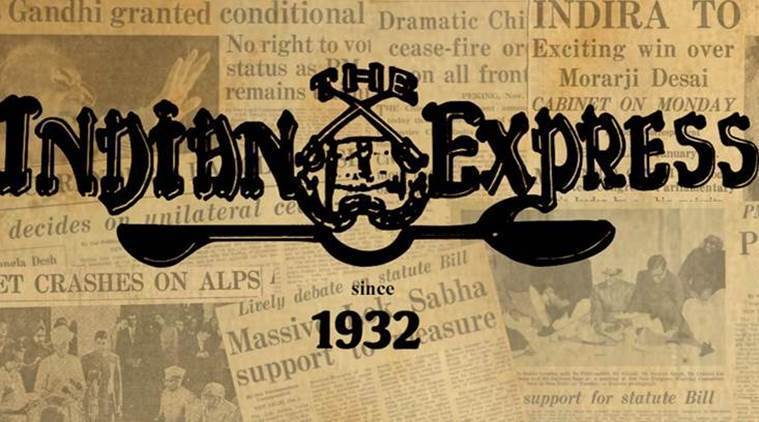 The scheme, launched on Monday, promises to offer 40 services at Rs 50 each.
The scheme, launched on Monday, promises to offer 40 services at Rs 50 each.
Delhi government’s ambitious phone-a-sahayak scheme to get doorstep delivery of government services within a limited time frame is set to be an eye-catching exercise in urban-centric administration. The scheme, launched on Monday, promises to offer 40 services at Rs 50 each and has roped in VFS, a global outsourcing agency, to execute it.
The services, so far, include applications for caste certificates, registration of marriages, Delhi family benefit scheme, learner’s and driver’s licences, new water and sewer connections and old-age pension schemes, among others. But, unlike the selection of pizzas, which makes the anticipation of their 30-minute-delivery promise so exciting, the test of Chief Minister Arvind Kejriwal’s new initiative will not be the range of services it offers. Instead, it will depend on how efficiently it guides consumers past administrative red tapes, that often straitjacket such application procedures.
Of course, Delhi — and Kejriwal — are not the first to try and mobilise the Right to Service Act (RSA) to greater efficacy. Only recently, the Manipur government announced a single-window services centre in Imphal, to be operational from November, that will also include door-to-door delivery of government services. In August 2010, Madhya Pradesh had become the first state in India to enact the RSA. Bihar enacted the bill next, in July 2011, followed by several other states, including Punjab, Kerala, Rajasthan, Himachal Pradesh, West Bengal and Jharkhand. Most states, however, have failed to fully capitalise on the RSA’s potential, meeting with moderate to poor success rates. Will the Delhi government succeed where others have not done very well so far — that will be the question.
In a country where policy-making has largely addressed itself to, and focussed upon the rural electorate, the Delhi government’s endeavour indicates a recognition of the changing dynamics of new India, where urban migration is fast reworking the rules of engagement between the metropolitan and the rural. It also marks the ruling Aam Aadmi Party’s (AAP) return to what fuelled its striking rise in the political landscape, despite the high bar set for new entrants, in the first place — a party born of and in the city, and committed to combating its malaises, including corruption and infrastructural failure — embracing in its fold the migrant labourer, the working class and the city’s elite in one sweep.
Like it has made visible efforts towards revitalising the educational infrastructure in government schools, if AAP can make a success of this new scheme in the national capital, it could contribute to the still evolving template of urban politics in a fast urbanising country.